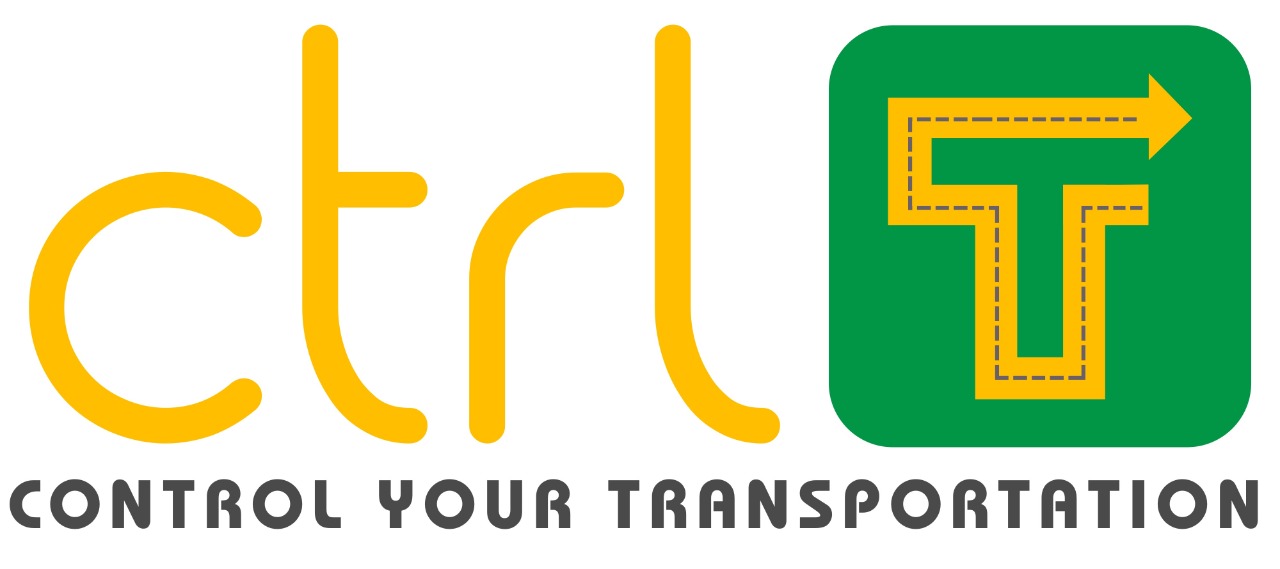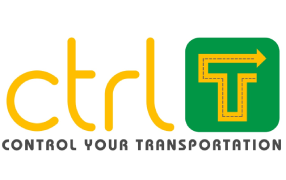Truckers Revenue Analysis on Industrial Development
The economic development of an area in the country directly affects the logistics and movement of transport goods. The distribution of these areas will affect the revenue of the trucker. Trucker’s revenue usually depends on the distance, load, and the frequency of the trip made by them.
Industrial location plays a more pivotal role than factors such as travelled distance. In key locations, truckers get higher revenue and loads immediately without any delay or halts. In a minor economic zone, they do not get loads quickly, the number of halts tends to increase and truckers often have to travel to nearby areas to get loads. All of these significantly add to the cost for the truckers.
What are these eminent regions and how do they affect them?
Take a look at Tamil Nadu, the most developed industrial corridor in the south of India and which is also a part of the East Coast Economic Corridor (ECEC). Getting loads from Tamil Nadu with competitive freight prices is not a big deal. However, a truck moving from Tamil Nadu to the east such as Kolkata will face quite a challenge on the return trip in procuring freight of a comparable value. The truckers in this case need to search for the loads in nearby areas to get the best freight, and hence the freight is almost 30% to 40% lower for the same distance and the same toll price when compared to the previous freight.
The same is true of loads to cities such as Cochin and Bangalore which are primarily service economies. Truckers from Cochin have to look around the nearby Tamil Nadu border to get a return load/freight. Sometimes truckers drive up to 200 kilometres empty to get a reasonable load. Running the truck empty can incur huge losses to the trucker. Even though Bangalore has a growing economy with major IT industries and a powerful billion-dollar startup ecosystem, it is not the best marketplace for truckers. Compared to Bangalore both Chennai and Hyderabad have more manufacturing companies and is therefore not the best place to get loads and fair prices for truckers.
On the other hand, both Mumbai and Gujarat are part of the DMIC (Delhi Mumbai Industrial Corridor), which is a popular route among truckers. According to transport statistics, Gujarat has more number of industries and truckers are therefore happy to proceed to Gujarat from the south as they will easily get a return load with competitive freight prices.
NCR is a popular industrial corridor and truckers are happy to come here from other parts of the country in the north. For a 21T capacity load truck between Coimbatore and Delhi, if a trucker makes four trips, he can earn over Rs 5 lakh, which is an excellent income for any trucker as compared to the average revenue of Rs 2.5 lakh to Rs 2.1 lakh in other regions.
There are many leading industrial belts in the country and as illustrated above, they give the best goods and livelihoods to the truckers. If we subdivide further, the location can be classified based on sub-sector industries like textiles, cement, machinery, FMCG, etc. to assess the revenue analysis for each sector.
Equitable and uniform economic development in all regions is very much needed by the truckers and the people of this region. For truckers, this minimizes inefficiencies regarding load allocation, cost, and time for the next load. To this end, the uniform and distributed development of all regions/regions is a good source of income for the trucker’s community.


